Do you have a question about the Toyota 1997 Celica and is the answer not in the manual?
Introduction to the vehicle's instrument panel and control layout.
Information on vehicle keys, their types, and door operation.
Overview of seat adjustment, seat belts, steering wheel, and mirrors.
Overview of vehicle lighting, wiper, and defogger systems.
Explanation of gauges, meters, and service reminder indicators.
Information on the ignition switch, transmission operation, and parking brake.
Information on the car audio and air conditioning systems.
Information on various other equipment within the vehicle.
How to read the fuel gauge and warning light for low fuel levels.
Precautions for seat belt use, including pregnant women and injured persons.
Steps for normal driving with the automatic transmission, including starting and shifting.
How to turn the cruise control system on and off using the switch.
Information on the correct unleaded gasoline types and octane numbers to use.
Recommended unleaded gasoline types and octane ratings for optimal engine performance.
Explanation of the dual-circuit hydraulic brake system's function and failure modes.
How the ABS system prevents wheel lock-up for improved control during braking.
Step-by-step guide for starting the engine, including manual and automatic transmissions.
Actions to take before cranking the engine, such as applying the parking brake.
Initial checks for a vehicle that will not start, focusing on battery and fuel.
Information on common causes of corrosion and guidelines for prevention.
Overview of maintenance requirements for ensuring vehicle longevity and performance.
Introduction to do-it-yourself maintenance, including component locations and precautions.
Maintenance procedures for the engine and chassis components.
Maintenance procedures for electrical components.
How to check and add engine oil, including oil type and quantity recommendations.
Essential safety precautions to take when performing do-it-yourself maintenance.
How to check and replace fuses, including the location of spare fuses.
When snow tires or chains are recommended for driving on snow or ice.
Instructions for installing snow tires on all wheels and avoiding excessive front-wheel grip.
Instructions for installing tire chains on front tires and retightening them.
How to report safety defects to NHTSA and Toyota Motor Sales, U.S.A., Inc.
Introduction to the vehicle's instrument panel and control layout.
Information on vehicle keys, their types, and door operation.
Overview of seat adjustment, seat belts, steering wheel, and mirrors.
Overview of vehicle lighting, wiper, and defogger systems.
Explanation of gauges, meters, and service reminder indicators.
Information on the ignition switch, transmission operation, and parking brake.
Information on the car audio and air conditioning systems.
Information on various other equipment within the vehicle.
How to read the fuel gauge and warning light for low fuel levels.
Precautions for seat belt use, including pregnant women and injured persons.
Steps for normal driving with the automatic transmission, including starting and shifting.
How to turn the cruise control system on and off using the switch.
Information on the correct unleaded gasoline types and octane numbers to use.
Recommended unleaded gasoline types and octane ratings for optimal engine performance.
Explanation of the dual-circuit hydraulic brake system's function and failure modes.
How the ABS system prevents wheel lock-up for improved control during braking.
Step-by-step guide for starting the engine, including manual and automatic transmissions.
Actions to take before cranking the engine, such as applying the parking brake.
Initial checks for a vehicle that will not start, focusing on battery and fuel.
Information on common causes of corrosion and guidelines for prevention.
Overview of maintenance requirements for ensuring vehicle longevity and performance.
Introduction to do-it-yourself maintenance, including component locations and precautions.
Maintenance procedures for the engine and chassis components.
Maintenance procedures for electrical components.
How to check and add engine oil, including oil type and quantity recommendations.
Essential safety precautions to take when performing do-it-yourself maintenance.
How to check and replace fuses, including the location of spare fuses.
When snow tires or chains are recommended for driving on snow or ice.
Instructions for installing snow tires on all wheels and avoiding excessive front-wheel grip.
Instructions for installing tire chains on front tires and retightening them.
How to report safety defects to NHTSA and Toyota Motor Sales, U.S.A., Inc.
| Brand | Toyota |
|---|---|
| Model | 1997 Celica |
| Category | Automobile |
| Language | English |
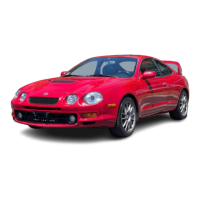
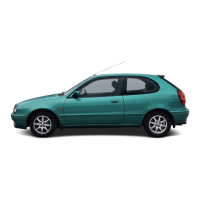
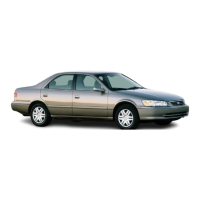
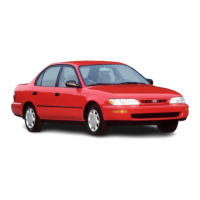
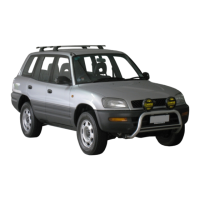
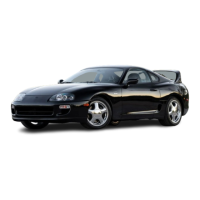
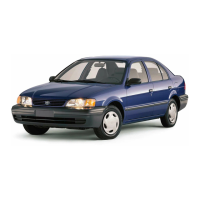
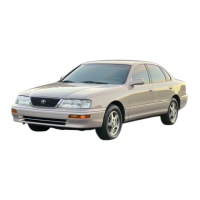
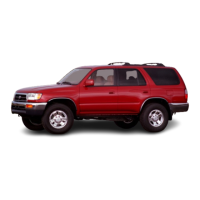
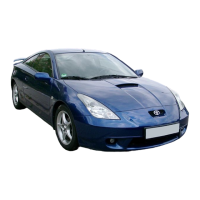
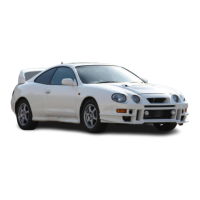
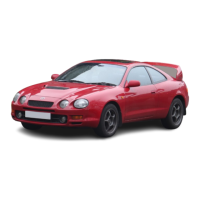
